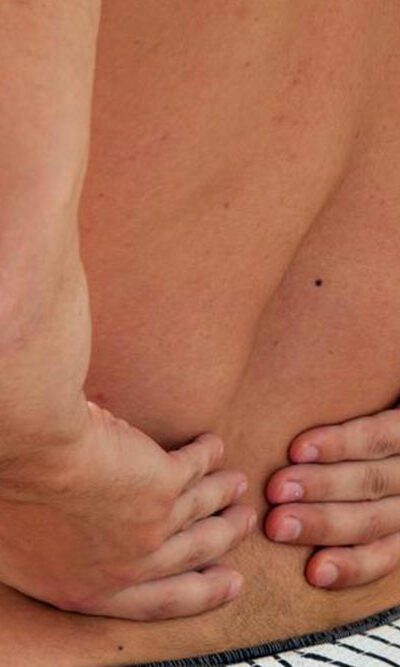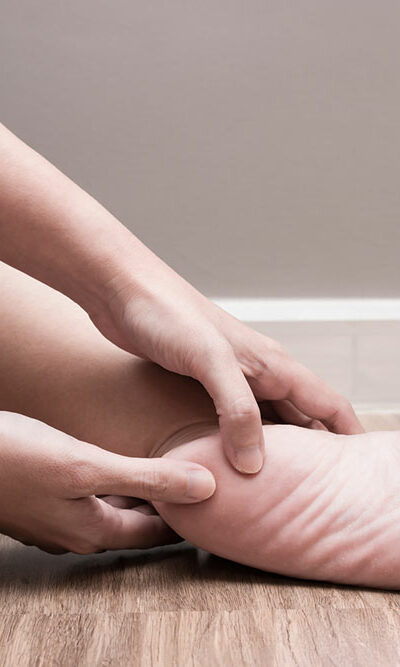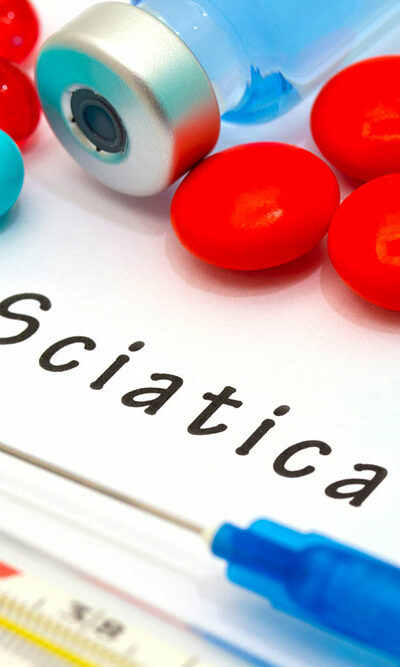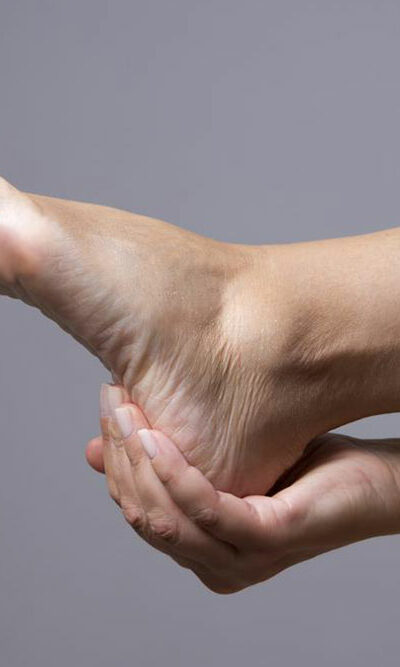
Tips to Manage Chronic Endometriosis Pain
Are you or someone you know suffering from chronic endometriosis pain? When the tissues of the lining of the uterus start to grow outside of the uterus, nodules or lesions appear on the nearby organs and tissues causing a severe pain. Well, even though this painful condition affects women both emotionally and physically, there are several ways to deal with severe pain. One of the main symptoms of this aching condition is chronic pelvic pain during, before or after the menstrual period. In our country, it affects around 1 in 10 girls and women between the ages of 12 years to 60 years. Most of the women experience cramping during their period, however, the endometriosis pain is worse than normal cramping. Till date, there is no proper cure for this chronic ache but there are some ways to cope with or to manage the chronic endometriosis pain. Read on to know more about the ways in which you can cope with the severe endometriosis pain. Regular work out If you engage yourself in regular work out, dealing with this severe pain becomes a bit easier. Regular exercise can help in: Maintaining oxygen and nutrient flow to all the body systems Encouraging the blood circulation to all the organs Reducing stress Decreasing the production of estrogen Releasing endorphins, the pain-relieving chemicals Swimming, running, cycling, biking etc., are high-intensity physical activities. Being engaged in such activities on a regular basis will help you to deal with chronic endometriosis pain. Maintain proper diet Estrogen activity, prostaglandin metabolism, inflammation etc., are closely linked to the endometriosis pain and a proper diet can deal with all these aforementioned aspects. Hence, having the right diet is one of the ways of reducing the suffering. Various medical research reports and studies have reflected the fact that the higher intake of green vegetables and fresh foods can diminish the chance of chronic endometriosis pain by almost 40%.










